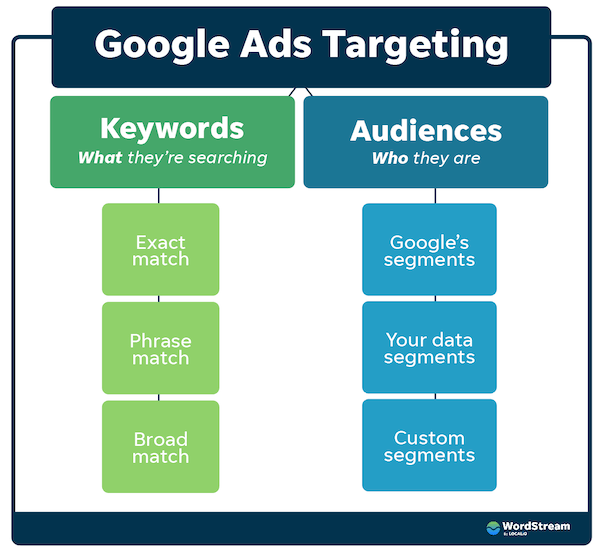Alone, each department in your business is hamstrung by the walled gardens of their functions, unable to see the bigger picture of CX. You need to connect people, data, and tools across your essential disciplines, including marketing, UX, product management, engineering, customer service, IT/dev ops, and more to truly understand your customers’ digital journeys and deliver a stand-out ecommerce experience.
During the COVID-19 pandemic, consumer expectations rose quickly: an October 2020 survey by Talkdesk found that 58% of consumers said their service expectations are higher today than they were a year ago. Buying habits bear it out, too: 65% of consumers give buying preference to companies that offer quick and easy online transactions as part of the customer experience (CX). That’s forcing companies to rethink their digital customer experience in a new light.
Prompted by a spike in calls to their operations center, digital personal finance company SoFi used Glassbox’s digital experience analytics platform to isolate the issue: A bug in their app was preventing users from finishing the onboarding process. This kicked off rapid collaboration from multiple departments to quickly remedy the code and re-engage the users who ran into the bug.
Ecommerce customer experience is critical to the entire business
Businesses that have embraced ecommerce already collect much of the information they need to craft better customer experiences. The ability to use it across departments – and quickly – is the differentiator. According to a Zendesk survey, 75% of company leaders said the timeline for acquiring new tech to reach customers has compressed by anywhere from one to seven years because of the pandemic. This puts pressure on ecommerce companies to adapt quickly to industry developments to provide the experiences your customers are demanding.
A 2021 survey by Acquia found that 72% of marketers around the world need help from technologists to create digital CX, highlighting the need for strong collaborative practices and tools. Speaking of which, technology isn’t much help either. The same survey found that 73% of marketers believe their current marketing tech is holding them back from creating the innovative digital experiences their customers want.
Finding the ‘why’ can only be the result of integrated data and CX collaboration. With a single source of information and collaboration, it’s not marketing’s opinion versus the dev team’s anymore – it means everyone is looking at the same thing, figuring out the ‘why’ behind it, and using contextual insights to prioritise and make it actionable.
Internal misalignment almost invariably creates breakdowns in the ecommerce experience.
Customer experience isn’t anyone’s responsibility – it’s everyone’s
While some departments are closer to CX than others, customer experience is a business-wide imperative. More than two thirds of leaders responsible for CX say it’s the basis on which their business competes with other businesses (Gartner CX Survey, 2018).
- Look for functional objectives that don’t consider CX as a primary factor or conflict with the CX priorities of another team.
- Identify CX-related tools and systems that don’t enable visibility and collaboration across functions.
- Pinpoint the crucial data that is inaccessible to or doesn’t get shared with other departments.
For example, how does the feedback your support teams hear directly from customers line up with the marketing team’s positioning and priorities? Where does the analytics team see the greatest optimisation opportunities, and does that jive with data on your app performance? But eliminating those breakdowns isn’t easy. It can only be accomplished when you create a unified view of the customer’s ecommerce experience – a common platform for understanding the experience, identifying issues and prioritising projects, and a single set of data for all teams to tap into. Add to that aligned business objectives and you have the recipe for an exceptional ecommerce experience.
The biggest opportunity gap in digital CX today is that all the data that gets collected, measured, and reported across these siloed tools merely tell you what your customers are doing or feeling, but fail to convey why they do it.
CX collaboration in action at SoFi
Since customer experience is made up of countless touchpoints, each with the potential to provide friction or value to consumers, it’s important to relentlessly track down every source of friction. But the quality of your ecommerce experience doesn’t depend solely on CX or digital experience (DX) managers. It doesn’t depend only on ops, development, marketing, customer service or product teams.
Here’s how it worked:
- Customer support reported a spike in calls to the operations center
- Engineering reviewed sessions captured by Glassbox to identify the issue, focus on possible bug triggers, and work to repair it
- CX used Glassbox to isolate affected users, down to individual user IDs
- Marketing followed up with bespoke messaging encouraging affected users to finish onboarding
Here’s the fastest way to identify areas for CX improvement in your organisation:
Every piece of data is worth collecting to find out ‘why’
It depends on all of them working together – seamlessly.
In the end, SoFi was able to re-engage the majority of customers who had dropped from the onboarding experience, improving brand perception while gaining valuable new customers. This outcome would never have been possible with traditional tools and processes.
Naturally, there’s a huge amount of data required to meet the requirements of various functions. Most companies utilise many different tools to understand that data and use it to optimise the ecommerce experience, from web analytics to application performance monitoring to voice of the customer tools.
Enable collaboration to create a better ecommerce experience
The simple fact is that siloes are one of the biggest roadblocks to creating the best ecommerce CX possible. Forrester reports that a lack of cooperation is the most significant obstacle to improving an organisation’s customer experience. Lack of collaboration consistently outranked budget, culture, and data as the biggest obstacle three years running.







![11 Creative [Copy & Paste!] Holiday Customer Appreciation Messages to Send This Year](https://research-institute.org/wp-content/uploads/2021/11/11-creative-copy-paste-holiday-customer-appreciation-messages-to-send-this-year.png)